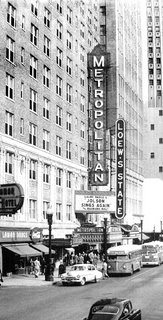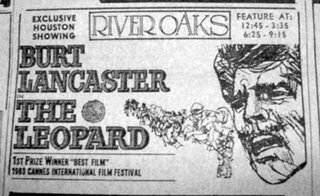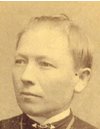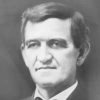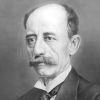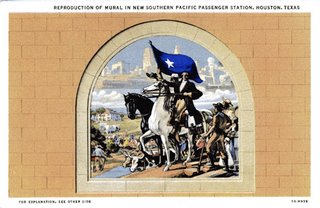Rice Hotel revisited

By the time this picture was taken -- sometime in the late '60s, early '70s -- the Rice Hotel had completed an $8 million modernization program. To attract business, the hotel put out a 28-page booklet showing off the hotel's features.
 No need to register in the main lobby! Just pull into the drive-in lobby off Prairie and Travis and register at the television registration desk.
No need to register in the main lobby! Just pull into the drive-in lobby off Prairie and Travis and register at the television registration desk. Visitors had a variety of rooms to stay in, like the Early American suite or Moroccan suite. Why not dine in the Senate Room or Flag Room?
Visitors had a variety of rooms to stay in, like the Early American suite or Moroccan suite. Why not dine in the Senate Room or Flag Room?Among the other amenities:
Cigar stand in lobby
Airline ticket offices
Western Union office in lobby
Wine Cellar
Barber shop/beauty shop
KTRH-AM on the fifth floor annex
Children under 12 stay for free!
The Rice Hotel closed as a hotel in the mid-1970s. It now operates as the Post Rice Lofts.
Check out the booklet for yourself! I've put it up for download (6.5 megs, PDF) here.
Labels: architecture




